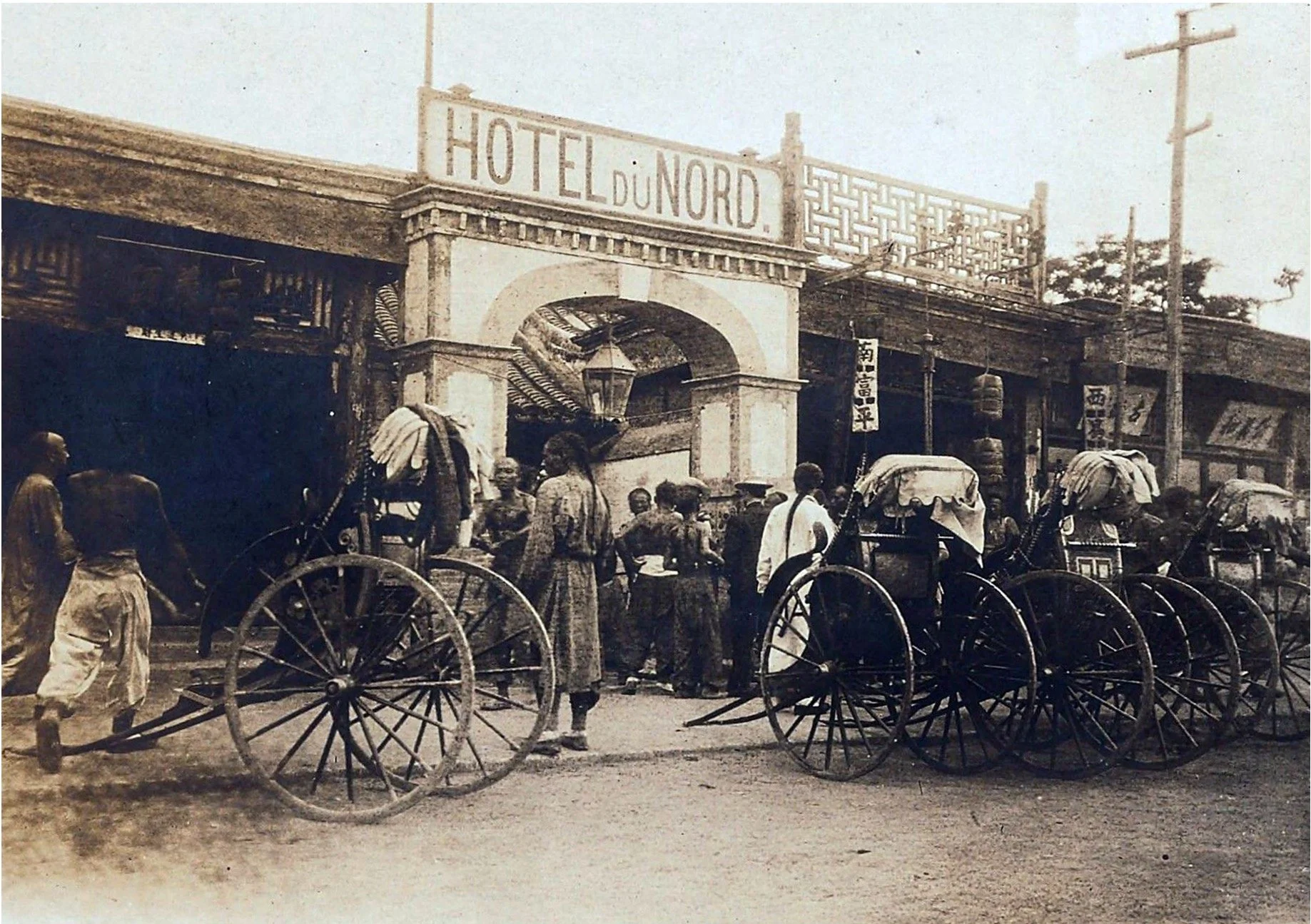How Germany Impacted the Development of Modern Beijing
There are a surprising number of German footprints on the development of modern Beijing. Where the British, Japanese and American influence on republican Beijing is well known, the German impact on the city is often forgotten. We recently finished a project about early Chinese-German business relations with the German Chamber of Commerce and was amazed to find that there seemed to have been German involvement in almost all major developments of the capital during the early republican period.
The German dominance ended with the First World War where China ended up choosing to side with the British and Japanese against the Germans, after this it became significantly harder for German companies to land contracts in China.
We have listed some of our findings below.
First Tramway
Many countries competed to become the first provider of a public transportation system to the capital of Beijing. The Qing government was very reluctant to allow it to happen, but in 1899 the first tramway of Beijing opened just outside the southern part of the city wall, transporting people to the also newly established train station. The tramway did not stay operational for long. Only half a year after its inauguration it was destroyed during the period of anti-foreign sentiment known as the Boxer movement.
The Only Western Hotel
The first western style hotel in Beijing was not German, but when the Hotel de Pekin closed after the Boxer Rebellion a German businessman opened a hotel called Hotel du nord, and despite the fashionable French name it was completely German run and famous for its Bavarian beer. In a 1924 Beijing guide the hotel is mentioned as the oldest hotel still operating in the city.
The German Architect Curt Rothkegel
The works of the German architect Curt Rothkegel are quite extraordinary. In the very last years of the Qing period and the beginning of the republic. Rothkegel became the go to guy on almost any larger project in the city. His company designed the first parliaments, the presidential residence of Yuan Shikai, the international club, the first museum inside the forbidden city and redesigned the Qianmen. All of this was accomplished within a little more than 10 years. After the first world war where the Chinese ended up choosing sides against Germany. It became very difficult for Curt Rothkegel to land any contracts in the city. Despite his enormous contribution to republican Beijing. He is today largely forgotten.
Direct flight route
In 1926 Lufthansa opened a direct flight route between Berlin and Beijing. It was one of the first if not the first air route from Europe to Beijing. A ticket price cost between 6-800 silver dollars. The plane although flying a direct route had to stop over 10 times to refuel before it reached its destination.
Hartungs Photo studio
Inside of the legation quarter the German run Hartung’s photo studio, became the chief provider of pictures of Beijing to the western world. In fact, one of the first pictures of a young Mao Zedong known outside China was developed here. We have not been able to verify exactly when the Hartung’s was opened, but it already existed in 1921 and probably closed in 1947.




